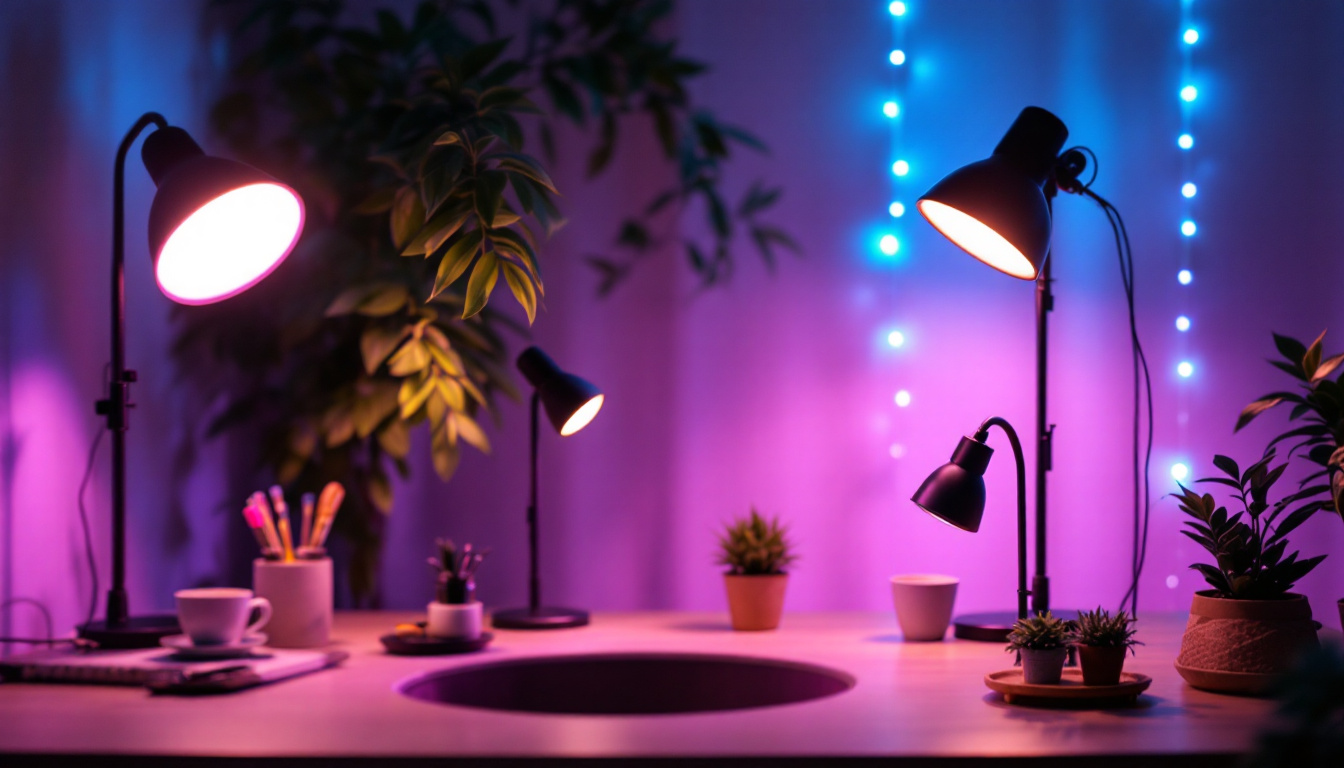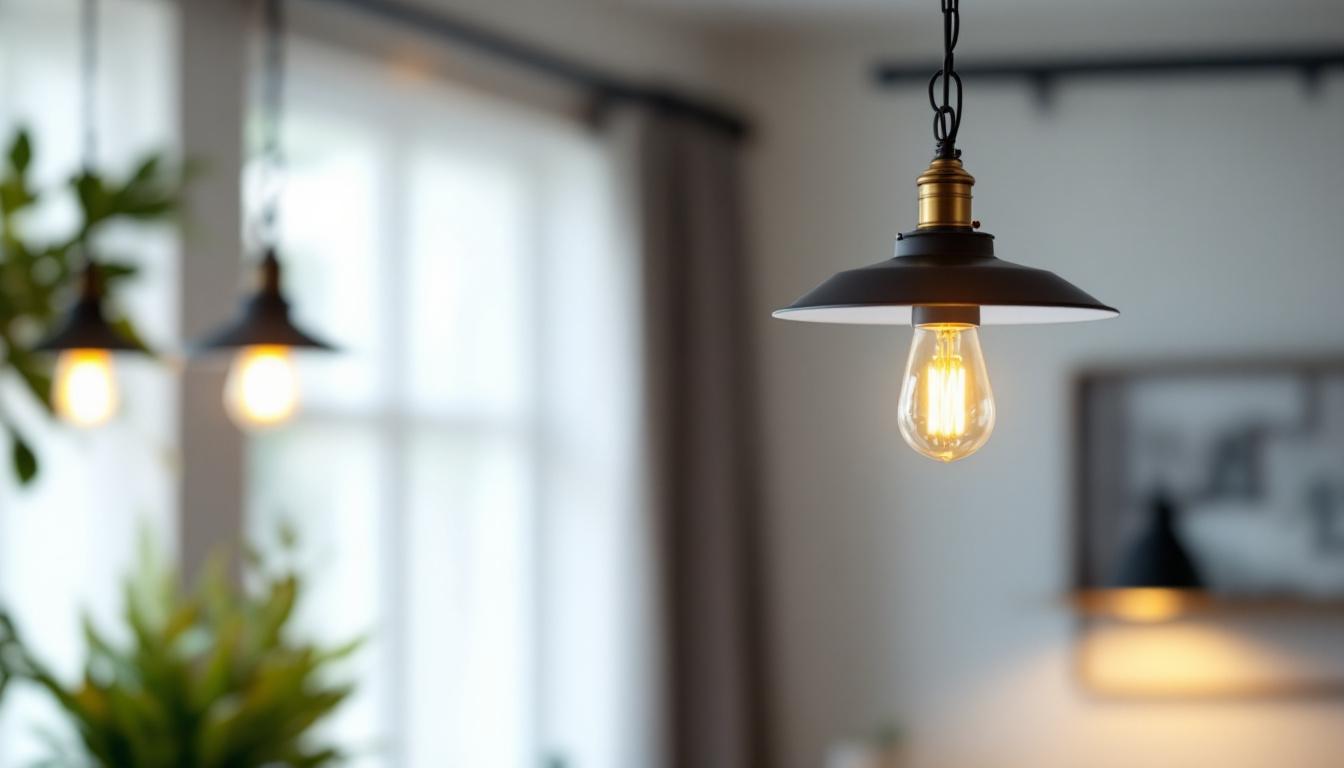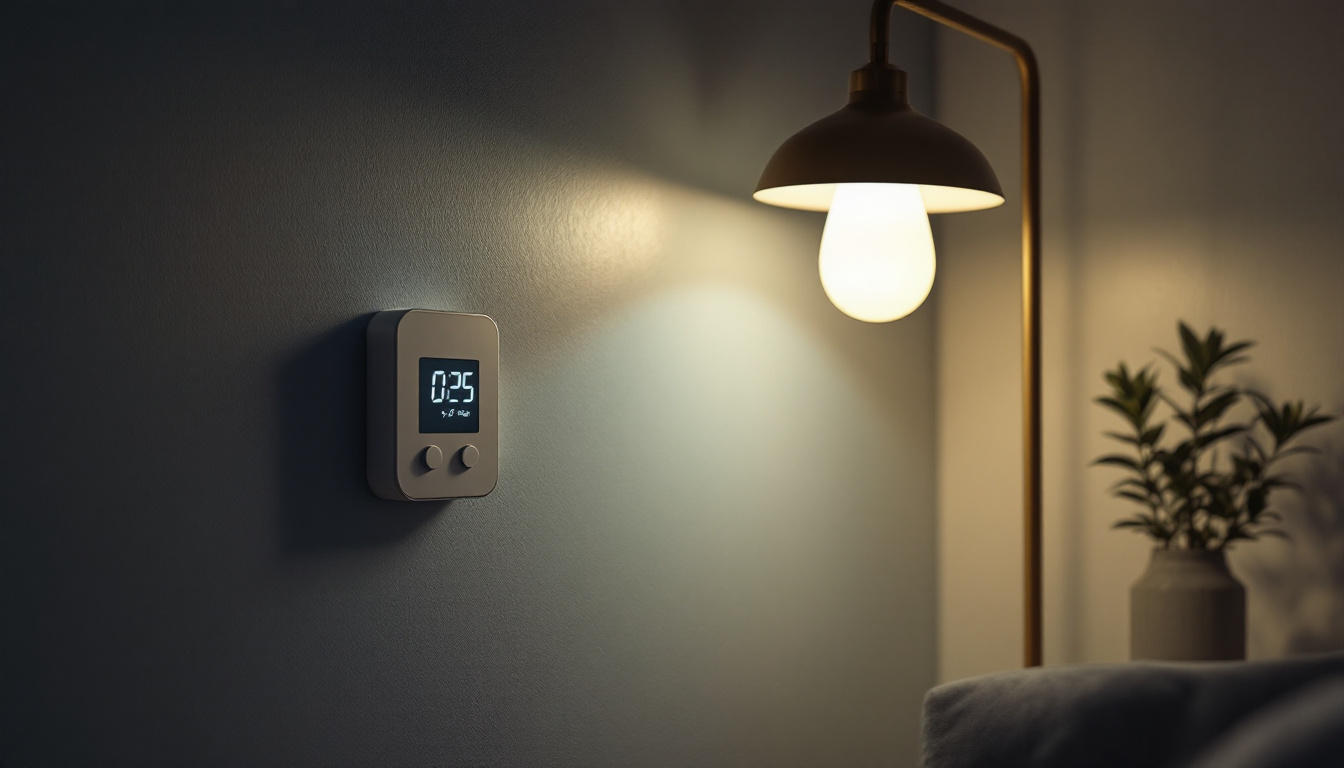
Fluorescent lamps have long been a staple in the lighting industry, offering an energy-efficient alternative to traditional incandescent bulbs. For lighting contractors, understanding the daily cost of these lamps is essential for budgeting, project planning, and providing accurate quotes to clients. This article delves into the various factors that contribute to the daily cost of fluorescent lamps, helping contractors make informed decisions.
The daily cost of fluorescent lamps can vary significantly based on several factors. These include the wattage of the lamp, the electricity rates in the area, and the duration of usage. Typically, fluorescent lamps range from 15 to 40 watts, and higher wattage lamps will naturally incur greater costs.
Electricity rates fluctuate based on location and time of year, impacting the overall expense of operating fluorescent lamps. Additionally, understanding the average daily usage hours can help contractors estimate costs more accurately. For instance, if a lamp operates for 10 hours a day, the energy consumption will be markedly different than if it runs for only 5 hours. Moreover, seasonal variations can also play a role; during winter months, for example, longer hours of darkness may lead to increased usage and higher costs.
To calculate the daily cost of running a fluorescent lamp, a simple formula can be employed. First, determine the wattage of the lamp and convert it to kilowatts (kW) by dividing by 1,000. Next, multiply this figure by the number of hours the lamp is used daily and the local electricity rate (in dollars per kWh).
For example, a 32-watt fluorescent lamp used for 10 hours a day in an area where electricity costs $0.12 per kWh would be calculated as follows: (32 watts / 1000) * 10 hours * $0.12 = $0.0384. This means the daily cost of operating that lamp would be approximately 3.84 cents.
In addition to the straightforward calculations, contractors should also consider the potential savings from using high-efficiency fluorescent lamps. These lamps often have a longer lifespan and can reduce maintenance costs associated with frequent bulb replacements. Moreover, many regions offer incentives or rebates for using energy-efficient lighting solutions, which can further offset initial costs and enhance overall savings. By factoring in these elements, contractors can provide a more comprehensive financial overview to their clients, showcasing the long-term benefits of investing in fluorescent lighting systems.
For lighting contractors, having the right tools is crucial for ensuring efficient and effective installation and maintenance of fluorescent lighting systems. A well-equipped contractor can streamline their workflow, improve safety, and enhance the quality of their work. Below are some essential tools that every lighting contractor should consider.
Accurate measurements and testing are vital in any lighting project. Tools such as light meters, multimeters, and wattmeters are indispensable for assessing the performance of fluorescent lamps. A light meter helps determine the brightness level in a given area, ensuring that the lighting meets client specifications.
Multimeters are essential for checking voltage, current, and resistance, allowing contractors to troubleshoot electrical issues effectively. Wattmeters, on the other hand, provide insights into energy consumption, helping contractors assess the efficiency of their installations. In addition to these tools, contractors may also benefit from infrared thermometers to monitor heat levels in fixtures, which can indicate potential overheating issues and prevent premature failures.
Installation tools are fundamental for any lighting contractor. Essential items include screwdrivers, pliers, wire strippers, and drills. These tools facilitate the installation of fixtures, ensuring that lamps are securely mounted and properly wired.
Additionally, having a good quality ladder is crucial for safely accessing high ceilings or hard-to-reach areas. Safety gear, including gloves and goggles, should also be part of a contractor’s toolkit to protect against potential hazards during installation. Furthermore, a laser level can greatly enhance precision in aligning fixtures, ensuring that the installations not only function well but also look aesthetically pleasing. This attention to detail can set a contractor apart in a competitive market, as clients often appreciate the added value of a professional finish.
Regular maintenance is key to prolonging the life of fluorescent lamps and ensuring they operate efficiently. Tools such as replacement bulbs, ballasts, and fixtures should be readily available for quick repairs. Having a stock of commonly used parts can minimize downtime and enhance customer satisfaction.
Moreover, maintenance tools like cleaning supplies for fixtures and lamps can help contractors ensure that lighting systems remain in optimal condition, thereby improving performance and longevity. Additionally, a digital inspection camera can be a valuable asset for diagnosing issues within hard-to-reach electrical components or fixtures. This technology allows contractors to visually assess problems without extensive disassembly, saving time and reducing the risk of damage during repairs. By staying equipped with the latest tools and technologies, contractors can not only maintain but also elevate the standards of their work, leading to better outcomes for both themselves and their clients.
When considering the installation of fluorescent lamps, contractors must conduct a cost-benefit analysis to determine the overall value of these lighting solutions. While the initial investment may be higher than traditional incandescent bulbs, the long-term savings can be significant.
The upfront cost of fluorescent lamps, including fixtures and installation, can be a concern for some clients. However, it is essential to highlight the long-term savings associated with energy efficiency. Fluorescent lamps consume less electricity and have a longer lifespan than incandescent bulbs, which means fewer replacements and lower energy bills over time.
In many cases, the energy savings can offset the initial investment within a few years, making fluorescent lamps a financially sound choice for both contractors and clients. This information can be a powerful selling point when discussing options with potential customers. Additionally, many utility companies offer rebates or incentives for switching to energy-efficient lighting, further enhancing the financial appeal of fluorescent lamps. By leveraging these programs, contractors can present a comprehensive financial analysis that showcases not only the savings on energy bills but also the potential for immediate savings through rebates, making the transition even more attractive.
In today’s environmentally conscious market, the ecological benefits of fluorescent lamps cannot be overlooked. These lamps produce less heat and use significantly less energy compared to traditional lighting solutions. This reduction in energy consumption contributes to lower carbon emissions, making them an attractive option for clients who prioritize sustainability.
Furthermore, fluorescent lamps contain small amounts of mercury, which requires proper disposal. Educating clients about responsible disposal methods can enhance a contractor’s reputation and demonstrate a commitment to environmental stewardship. It is also worth noting that many manufacturers are now producing more environmentally friendly fluorescent options, such as those with reduced mercury content or even entirely mercury-free alternatives. By staying informed about these advancements, contractors can offer clients the latest in sustainable lighting technology, aligning their projects with green building standards and certifications. This proactive approach not only benefits the environment but also positions contractors as leaders in the industry, capable of meeting the growing demand for eco-friendly solutions.
While fluorescent lamps have been a popular choice for many years, several alternatives are gaining traction in the lighting industry. Understanding these alternatives can help contractors provide informed recommendations to clients.
Light Emitting Diodes (LEDs) have emerged as a leading alternative to fluorescent lamps. They offer even greater energy efficiency, longer lifespans, and lower heat output. Although the initial cost of LED fixtures may be higher, the long-term savings on energy bills and maintenance can be substantial.
Additionally, LEDs are available in a wide range of color temperatures and styles, providing more flexibility in design. For contractors, staying updated on LED technology and trends can open new opportunities for projects and client satisfaction. Moreover, advancements in smart lighting technology have made LEDs even more appealing, allowing for programmable settings and integration with home automation systems. This capability not only enhances user convenience but also promotes energy conservation, making it a compelling choice for environmentally conscious clients.
While incandescent and halogen bulbs are less energy-efficient than fluorescent and LED options, they still have their place in certain applications. They provide a warm light that many clients prefer for residential settings or specific commercial environments.
Contractors should be prepared to discuss the pros and cons of these options with clients, helping them make the best choice based on their specific needs and preferences. Understanding the full spectrum of lighting options allows contractors to offer comprehensive solutions. Furthermore, it’s worth noting that halogen bulbs, a type of incandescent, have improved efficiency and can be dimmed, making them suitable for accent lighting or areas where mood setting is essential. This versatility can be particularly appealing in spaces like restaurants or boutiques, where ambiance plays a crucial role in customer experience.
The daily cost of fluorescent lamps is an important consideration for lighting contractors. By understanding the factors that influence these costs and the essential tools needed for installation and maintenance, contractors can enhance their service offerings and provide valuable insights to clients.
Moreover, a thorough cost-benefit analysis can help clients appreciate the long-term advantages of fluorescent lamps, while also considering alternatives like LEDs. As the lighting industry continues to evolve, staying informed about new technologies and trends will empower contractors to make informed choices that benefit both their business and their clients.
In a competitive market, knowledge and expertise are key differentiators. By equipping themselves with the right tools and understanding the financial implications of various lighting solutions, contractors can position themselves as trusted advisors in the field of lighting design and installation.
Ready to enhance your lighting projects with the best value in the industry? Look no further than LumenWholesale for all your lighting needs. Our extensive selection of spec-grade lighting products is designed to meet the highest industry standards, ensuring you deliver reliable and high-performance lighting to your clients. With unbeatable wholesale prices and the convenience of free shipping on bulk orders, you can trust us to provide premium lighting solutions that fit your budget. Don’t let middleman markups dim your project’s potential. Choose LumenWholesale for quality, affordability, and hassle-free service. Explore our wholesale lighting options now and brighten your business today.

Discover how inexpensive LED lights can transform your lighting projects without breaking the bank.

Discover the essential considerations for lighting contractors when installing pendant lights on chains.

Discover how digital timers for lamps can significantly enhance safety in lighting installations.

Discover how 6-inch LED recessed lights are revolutionizing the lighting industry and impacting contractors’ profits.